What's That Noise? 11 Strange and Mysterious Sounds on Earth & Beyond
Nature's noises
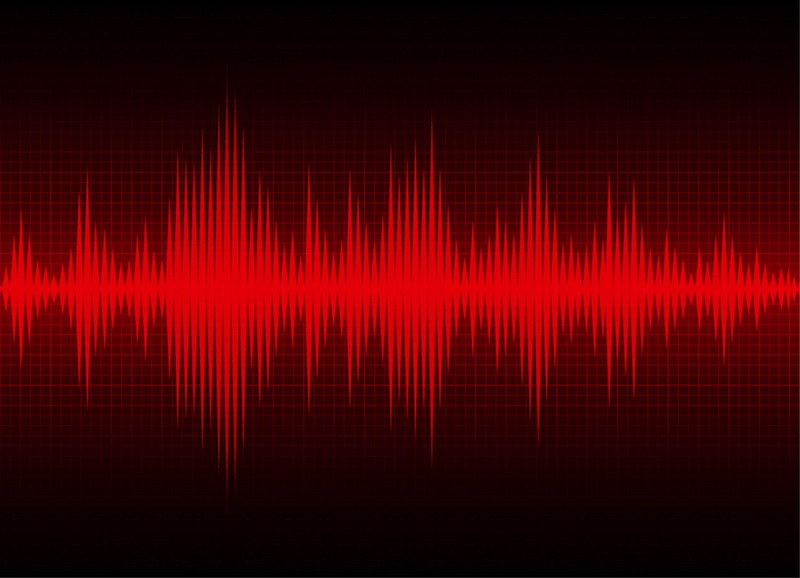
What’s that sound? Many scientists have come up with curious answers to explain some of the mysterious noises found in nature, while others are discovering strange new sounds from the extremes of the Earth and outer space.
Here are 11 strange sounds that deserve to be heard.
First up: They call it the "Bloop"
The Bloop

Over the past 70 years, the world’s oceans have emerged as a valuable global listening device, first by networks of underwater microphones scanning for enemy submarines during the Cold War, and in more recent decades, by scientists studying the oceans and the internal structure of the Earth.
One of the most famous and powerful underwater sound events, known as Bloop, was recorded by the U.S. National Oceanic and Atmospheric Administration (NOAA) in 1997. The Bloop event lasted for about 1 minute and rose in frequency from a low rumble. It was detected by underwater microphones more than 3,000 miles (5,000 kilometers) away and was much louder than the noises made by any known animal.
The rough location of the event that caused Bloop is in the sea near the Antarctic Circle, and NOAA now thinks that Bloop was caused by the sound of massive icebergs "calving," or splitting, from the end of Antarctic glaciers and falling into the sea.
Several other distinctive underwater sound events have been identified and named by NOAA: a weird cooing sound dubbed "Julia" that was likely caused by an iceberg running into the seafloor, an event known as "Train" (because it sounded like train wheels against a track) that scientists think likely originated in Antarctica's Ross Sea, and a scratchy noise dubbed "Upsweep," which likely originates in the Pacific and has been picked up by hydrophones seasonally since 1991.
Get the world’s most fascinating discoveries delivered straight to your inbox.
Next up: A fishy chorus
Aquatic choirs

Scientists in Australia report that many different species of fish join in a mass chorus with their fellows at dawn and dusk, in much the same way as many birds.
The researchers, from Curtin University in Perth, recorded vocal fish songs off the coast of Port Headland in Western Australia for 18 months, reported New Scientist. They were able to make recordings of seven distinct choirs of fish, including overlapping foghorn calls made by Black Jewelfish and the "ba ba ba" sounds repeated by chorusing batfish.
Most of the noises recorded by the scientists are just a single fish repeating the same call over and over. But, when two or more fish of the same kind can hear each other, often over a large distance underwater, they began to overlap their calls in a synchronous pattern. The researchers noted that sound plays an important role in many fish behaviors, such as breeding, feeding and territorial disputes.
Next up: A lonely whale
The Loneliest Whale
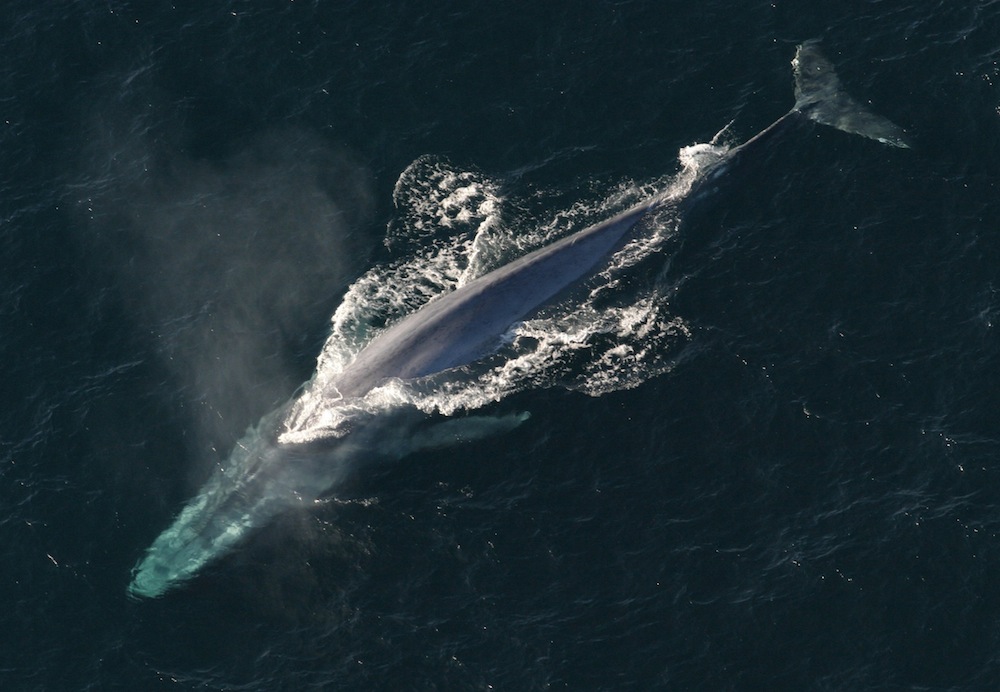
The world's "loneliest whale" was first recorded in 1989 by an American military network listening for nuclear submarines. It's been identified as a blue whale by the pattern of its calls, but it seems to have a uniquely high voice, with the main notes at a frequency of 52 hertz — a low bass note to human ears.
Most blue whales speak in voices at frequencies between 10 and 40 hertz. This is how the Loneliest Whale picked up its lonesome eponym, because scientists and the media speculated that it was unable to communicate with all the other blue whales.
It's possible that "Sad Moby" may be a hybrid whale, with one parent from a different whale species, which could cause a different body shape and a different call. But, recent research suggests the difference between the Loneliest Whale and all the rest of the blue whales in the world may be not such a big social challenge after all.
The researchers say many idiosyncratic whale calls have been detected, and some studies suggest that groups of whales living in particular regions have distinct "dialects" of whale song that often differ in frequency.
Later recordings have also found that the Loneliest Whale is now changing its tune — the whale's call has been getting deeper for several years and now registers around 47 hertz. So, maybe it has cheered up a bit?
Next up: Deep-sea sounds
Deep noise

In March 2016, NOAA released recordings of low moans, grumbles and occasional screeches from the deepest spot on Earth, the Challenger Deep in the Mariana Trench, located in the western Pacific Ocean. The sounds were recorded over more than three weeks by a titanium-encased microphone that had to be lowered slowly so it wouldn’t be crushed by the pressure of the surrounding water, which is more than 1,000 times the atmospheric pressure at sea level.
The microphone operated for 23 days at the deepest point of the ocean and captured the sounds several of different kinds of whales, passing boats and the rumble of nearby earthquakes.
Researchers at NOAA say they want to understand if noises in the ocean from human sources are causing noise levels to rise in the deep ocean, and scientists want to study how these changes may be affecting animals that rely on echolocation, such as dolphins and whales.
It's estimated the ocean is about 10 times noisier today than it was 50 years ago, thanks to the increase in shipping, submarines and underwater construction projects.
Next up: Eavesdropping on Earth
The Hum

Unlike the inaudible microseismic hum reported by ocean and Earth scientists, "The Hum" is a social phenomenon somewhere on the spectrum between conspiracy theory and annoying genuine mystery that has become famous enough to warrant having a "the" in its name, like The Rock.
Many people around the world, but mainly in the United Kingdom and the United States, have reported being able to hear a faint low-pitched humming sound, sometimes compared to the sound of a distant engine idling or an electrical device, but no evident explanation for the sound can be found.
Some people seem to hear The Hum more easily than others, and the phenomenon is often linked to a particular local area, such as the Taos Hum in New Mexico and the Bristol Hum in England.
Doctors have suggested the experience of The Hum may result from people focusing too keenly on background sounds, as they try to listen for The Hum that they have heard other people talking about.
Next up: Nature's rock show
Earthsong
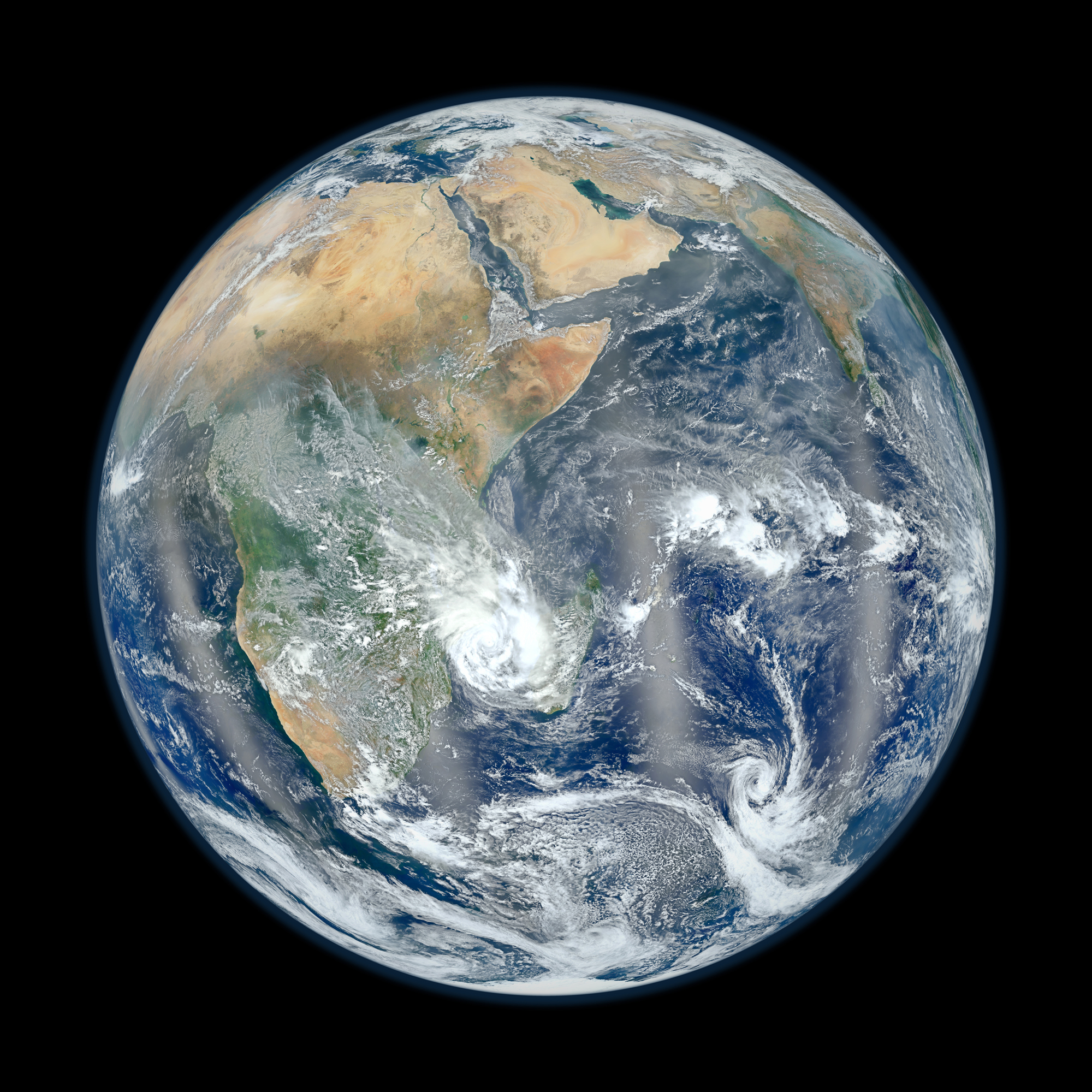
Ocean waves beating against the shores of land around the globe cause a continual, slow sound vibration within the Earth, well below the levels of human perception, according to research published in 2015.
This low "hum" of the Earth can't be heard, but it can be measured with very sensitive seismographs.
Seismologists have known since the 1990s that the Earth rings with faint "microseismic" vibrations even when there are no earthquakes, which make our planet ring like a bell with strong sound vibrations. Research published in February 2015, based on computer models, found that ocean waves could generate faint seismic waves on the seafloor with very slow sound frequencies of between 13 and 300 seconds.
The researchers think the longest waves cause the observed microseismic activity.
Next up: "The Hum"
Rock guitar
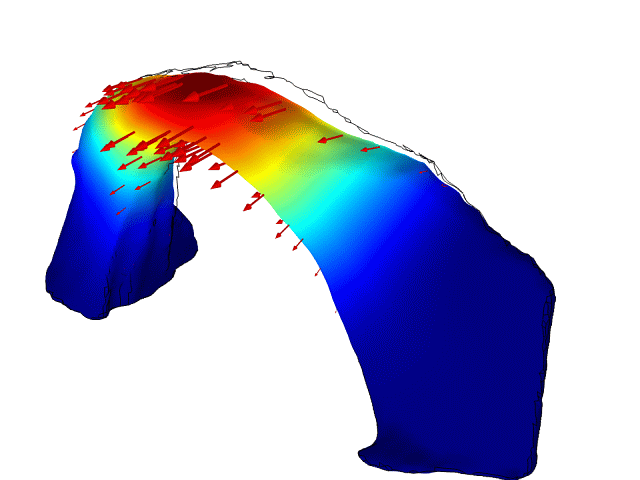
An iconic narrow arch of rock in southern Utah, the 300-foot-high (90 meters) Rainbow Bridge, has been shown to vibrate like a plucked guitar sting when stimulated by other sounds and geological vibrations in the local environment, such as waves on a nearby lake or distant earthquakes, according to a study published in September 2016 in the journal Geophysical Research Letters.
By making precise measurements of the vibrations of the massive sandstone arch and using those to create computer models of the structure, the researchers were able to identify some of the sources of local vibrations that cause a strong resonant response in the arch.
The scientists hope that learning more about the stability of the Rainbow Bridge, and how it responds to vibrational stresses in its environment, can help preserve the rare and already ancient geological structure for as long as possible.
Many visitors to the Rainbow Bridge have also reported hearing a distinctive humming sound in the area, and some claim to have recorded the sound.
Next up: Listening to the northern lights
Aurora sounds

The ephemeral sounds made by the northern lights have been heard by many skywatchers and winter wanderers, usually on very clear and still nights when the auroras are at their most powerful.
The faint sizzling, popping and crackling sounds heard overhead during auroras have long defied a scientific explanation. The sounds are very faint when heard on the surface, so researchers have puzzled over how they could be made by the auroras, which occur high in the outer atmosphere, hundreds kilometers above the Earth's surface.
Unto Laine, an acoustician in Finland, has been able to make the first known recordings of the sound of the auroras, and he now thinks he's found a scientific explanation. [Read full story about the sounds of the northern lights]
By using an array of microphones to triangulate the location of the sounds, Laine pinpointed the origin of the eerie noises in a relatively low level of the atmosphere, at around 230 feet (70 meters) above the ground.
Laine thinks the sounds are caused by regions of electrical charge building up in the atmosphere across a so-called thermal inversion layer, which can form in many areas on very calm and clear nights.
When the layers of electrical charge are disturbed by magnetic storms that supercharge the northern lights, they discharge with a small spark in the atmosphere, causing a faint but steady popping or crackling sound that can be heard at the surface when conditions are right.
Next up: To the moon!
Moon music
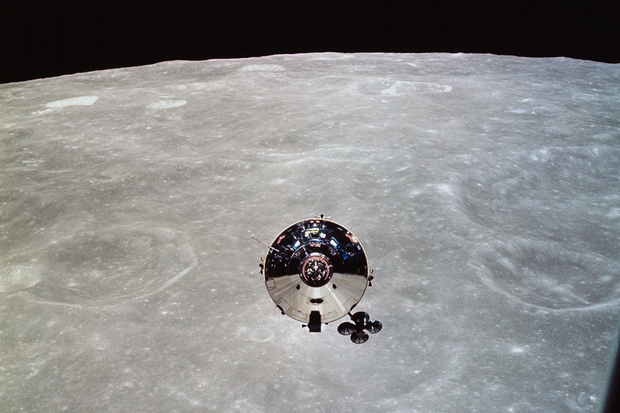
Astronauts on the Apollo 10 command module heard "weird music" above the far side of the moon in 1969, according to NASA audio tapes from the mission.
Transcripts of the tapes were released by NASA in 2008, showing the astronauts onboard talking about "outer space" music that can be heard inside the spacecraft. The sound stops after about an hour, and the astronauts discuss whether they should tell NASA controllers about the experience.
At the time, the astronauts were out of contact with Earth because the command module's orbit had carried them over the far side of the moon, which permanently faces away from Earth.
In February 2016, NASA made the audio recordings public in a documentary about the Apollo 10 mission — a "dry run" for the Apollo 11 moon landings that occurred in the same year.
NASA technicians and the Apollo 11 astronaut Michael Collins, who heard a similar noise on the far side of the moon, think the "music" may have been caused by radio interference between the instruments of the command module and lunar module when they were close together.
Next up: A stormy planet
Storms of Jupiter

Before NASA's Juno spacecraft arrived at Jupiter on July 4, 2016, it crossed the boundary of the giant planet's powerful magnetic field at a speed of around 150,000 miles per hour (241,000 km/h).
Crossing the boundary took 2 hours even at that speed, and the instruments aboard the spacecraft were able to record the sounds generated by the "bow shock" interaction of Jupiter's magnetic fields and the supersonic solar winds that pour out from the sun.
The result is a recording of strange screeching and roaring sounds that echo the distant space storms raging around the largest planet in our solar system.
Next up: A musical black hole
Tom Metcalfe is a freelance journalist and regular Live Science contributor who is based in London in the United Kingdom. Tom writes mainly about science, space, archaeology, the Earth and the oceans. He has also written for the BBC, NBC News, National Geographic, Scientific American, Air & Space, and many others.


